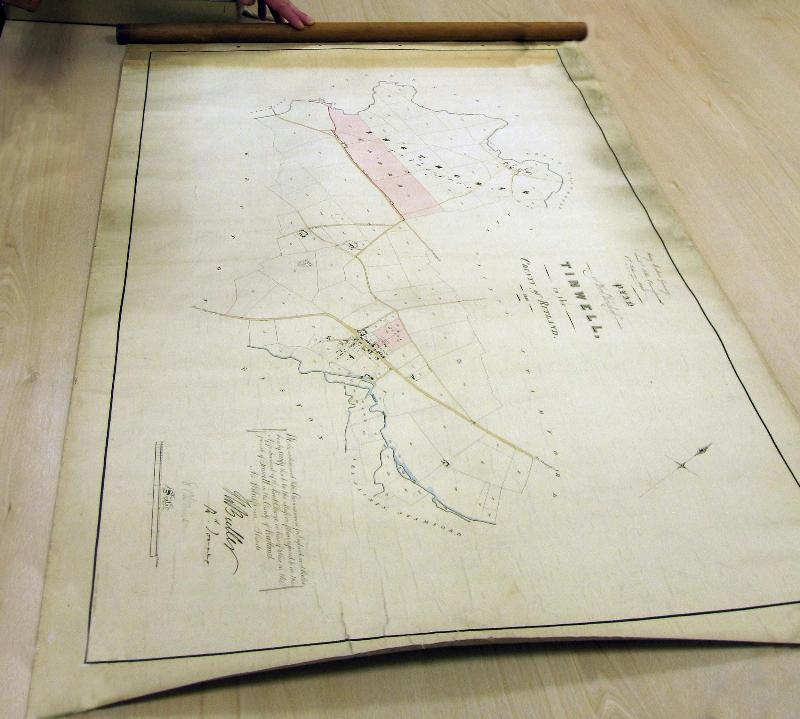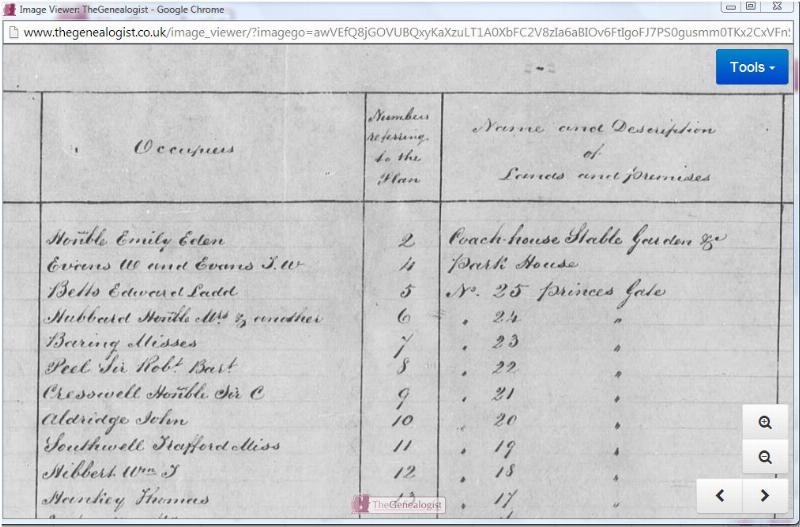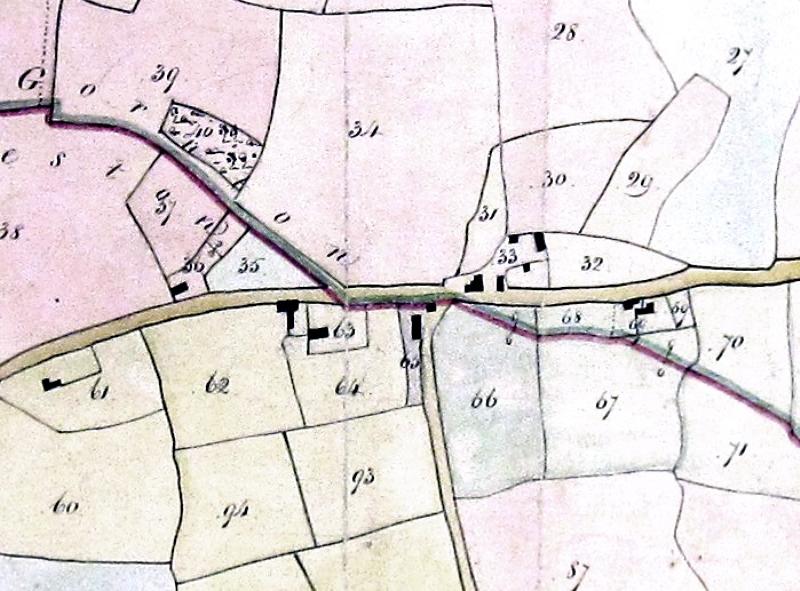TheGenealogist Doubles the number of Tithe Maps on Map Explorer™
See Ancestors’ land or property recorded on georeferenced Tithe Maps
TheGenealogist’s Map Explorer™ which can help researchers find an ancestor’s land and view how the landscape changed over time has been augmented by the addition of georeferenced Tithe Maps for Cheshire, Dorset, Hertfordshire, Kent, Lancashire, Lincolnshire, Norfolk, Staffordshire and Yorkshire West Riding.
- Total number of maps in this release is 3,655
- Total number of Tithe maps in Map Explorer™ is now 6,972
- Map Explorer™ has over four million viewable records indicated by Map Pins
- TheGenealogist’s Map Explorer™ displays maps for historical periods up to the modern day.
Corfe Castle mapped over the years
Map Explorer™ now features various colour and black and white Tithe maps as well as modern map base layers and historical maps which are all georeferenced to allow the user the ability to see how places change over the years. Map Explorer™ is a useful tool for browsing an ancestor’s area to find other plots that they owned or occupied, while TheGenealogist’s Master Search can be used to look for ancestors’ plots across the tithe records and then view them on Map Explorer™.
The addition to Map Explorer™ this week of the black and white tithe maps for Cheshire, Dorset, Hertfordshire, Kent, Lancashire, Lincolnshire, Norfolk, Staffordshire and Yorkshire West Riding linked to the apportionment books will enable researchers to discover ancestors who both owned or occupied property between 1837 and the 1850s, with some additional altered apportionments in later years when property was sold or divided. The records allow TheGenealogist’s Diamond subscribers to find details of the plots, the owners of the land, as well as the occupiers at the time of the survey while also identifying the actual plots on the maps. Tithes usefully record all levels of society from large estate owners to occupiers of small plots such as a homestead or a cottage.
Map Explorer™ now features colour tithe maps for the counties of Buckinghamshire, Cumberland, Essex, Huntingdonshire, Middlesex, Northumberland, Rutland, Surrey, Westmorland, the City of York as well as North and East Ridings of Yorkshire plus black and white maps for Berkshire, Cambridge, Cheshire, Dorset, Hertfordshire, Kent, Lancashire, Leicestershire, Lincolnshire, Norfolk, Oxfordshire, Staffordshire and Yorkshire West Riding.
See our article: Tithe Maps on Map Explorer reveal more about the place ancestors lived and worked: https://www.thegenealogist.co.uk/featuredarticles/2020/tithe-records-on-the-map-explorer-reveal-more-about-the-places-our-ancestors-lived-and-worked-1302/
Find out more at TheGenealogist.co.uk/maps/
About TheGenealogist
TheGenealogist is an award-winning online family history website, who put a wealth of information at the fingertips of family historians. Their approach is to bring hard to use physical records to life online with easy to use interfaces such as their Tithe and newly released Lloyd George Domesday collections.
TheGenealogist’s innovative SmartSearch technology links records together to help you find your ancestors more easily. TheGenealogist is one of the leading providers of online family history records. Along with the standard Birth, Marriage, Death and Census records, they also have significant collections of Parish and Nonconformist records, PCC Will Records, Irish Records, Military records, Occupations, Newspaper record collections amongst many others.
TheGenealogist uses the latest technology to help you bring your family history to life. Use TheGenealogist to find your ancestors today!











